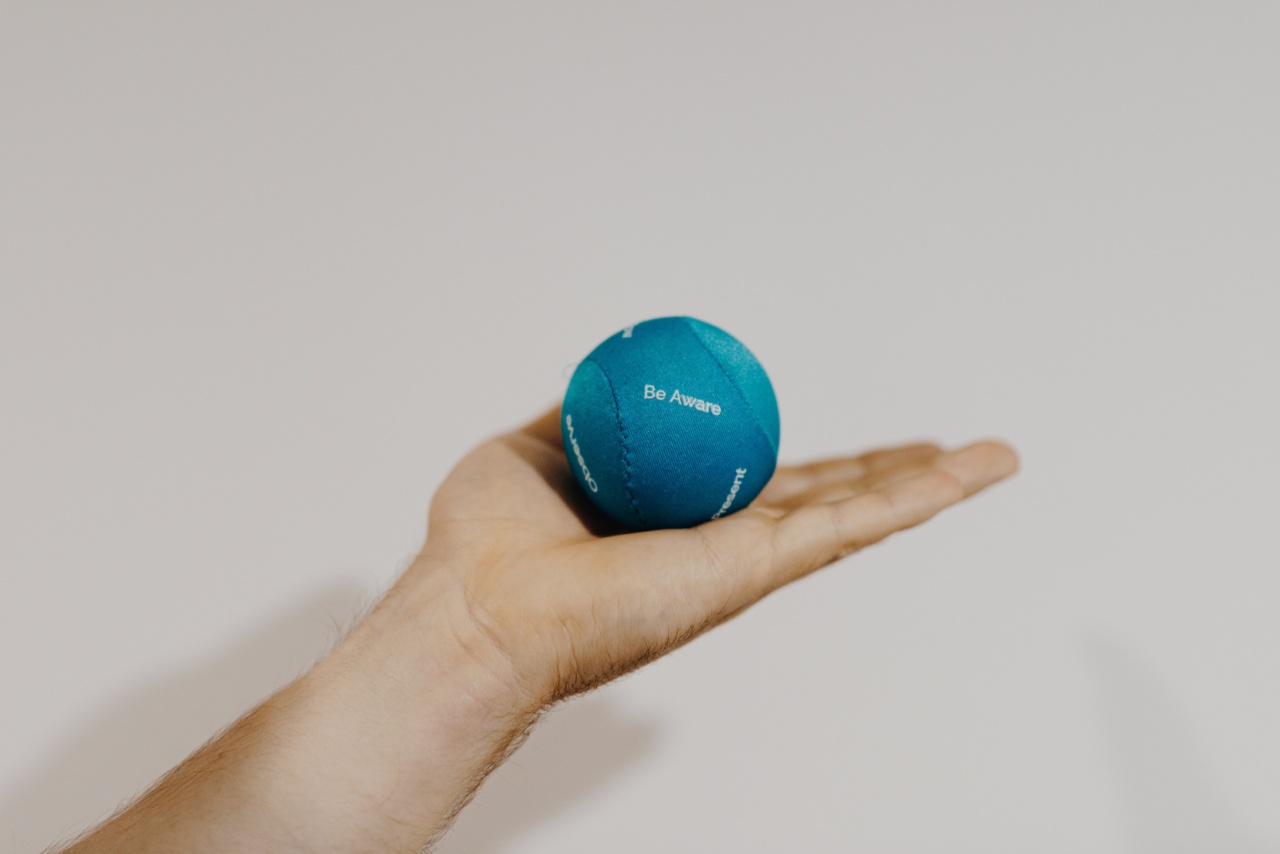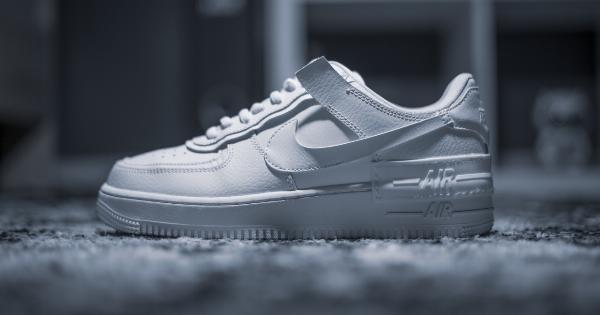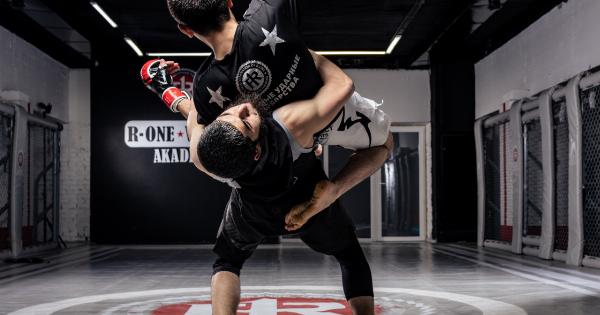Hand size has always been regarded as a key factor for athletic performance and skill. The size and shape of a person’s hands may play a big role in how well someone can perform on the field or court.
Some popular sports that require specific hand sizes include basketball, football, tennis, golf, boxing, and baseball. However, the relationship between hand size and athletic ability is often disputed, and many theorists believe that other factors such as agility, strength, and endurance may have a more significant impact.
What Studies Say About Hand Size and Athletic Performance?
The research on hand size and athletic performance is mixed. Some scholars argue that smaller hands may have an advantage in certain sports, such as basketball or tennis, because they may make it easier to manipulate the ball or racket.
However, others argue that larger hands may provide an advantage because they offer a greater surface area for grip and control.
In a 2011 study published in the Journal of Strength & Conditioning Research, researchers measured hand sizes and grip strength of male college athletes.
They found that hand size was not a significant predictor of athletic ability, but grip strength was. Another study found that larger hand sizes were significantly associated with better golf performance, but only among men.
Similarly, in a 2015 study published in The Journal of Sports Medicine and Physical Fitness, researchers measured hand size and grip strength of 246 professional baseball players.
They found that hand size was not significantly correlated with performance indicators such as batting average or slugging percentage, but grip strength was.
Hand Size and Basketball
Hand size is often discussed in basketball as a critical factor in performance. Generally, larger hands may provide an advantage in dribbling, shooting, and rebounding.
However, some of the most effective players in NBA history have had smaller-than-average hands, such as Michael Jordan and Stephen Curry.
A 2017 study by The New York Times compared hand sizes of top NBA players with their career statistics.
The study found that hand size did have a correlation with NBA success, but there was no “magic hand size” that guaranteed success on the court. The study also found that it was the proportion of hand size to body size that seemed to matter most.
Hand Size and Football
Hand size is often cited as an important factor for quarterbacks in football. Generally, larger hands may offer better grip and control over the ball, allowing for more accurate throws.
However, again, some of the best quarterbacks in NFL history have had smaller hands, such as Joe Montana and Drew Brees.
A 2018 study published in the Journal of American Medical Association found that hand size was not significantly correlated with quarterback performance.
The researchers measured hand length, hand width, and hand circumference of 111 NFL quarterbacks and found that none of those measures were correlated with passing yards or completion percentage.
Hand Size and Baseball
In baseball, hand size is considered a predictor of success in certain positions, such as pitchers and catchers. A pitcher’s grip on the ball and the size of their hands can greatly influence the movement and trajectory of the pitch.
In a 2018 study published in The American Journal of Sports Medicine, researchers evaluated hand size, grip strength, and throwing velocity among high school baseball players.
They found that grip strength was a significant predictor of throwing velocity, but hand size was not.
Conclusion
While hand size is often regarded as an important factor for athletic performance, the research on this topic is mixed.
Some studies have found that hand size is not a significant predictor of athletic ability, while others have found that it may have an impact in certain sports. Additionally, other factors such as grip strength, agility, and endurance may play a more critical role in athletic performance.
Ultimately, it’s important to remember that individual variation and natural talent can outweigh any physical advantages or disadvantages.
The relationship between hand size and athletic ability is complex, and further research is necessary to fully understand the role that hand size plays in athletic performance.






























